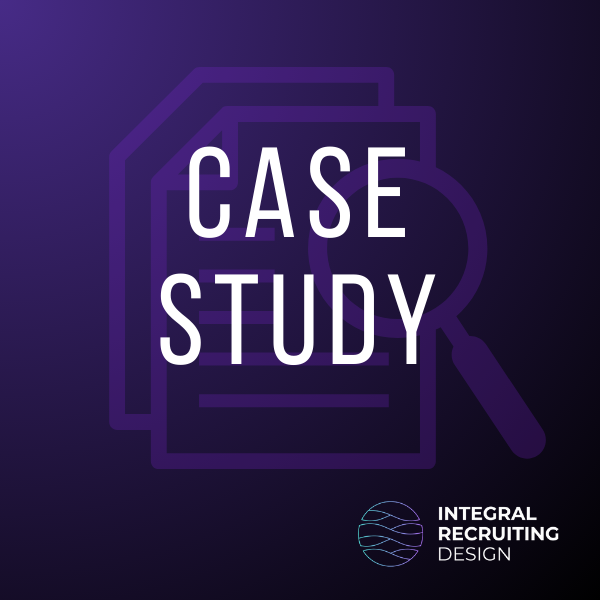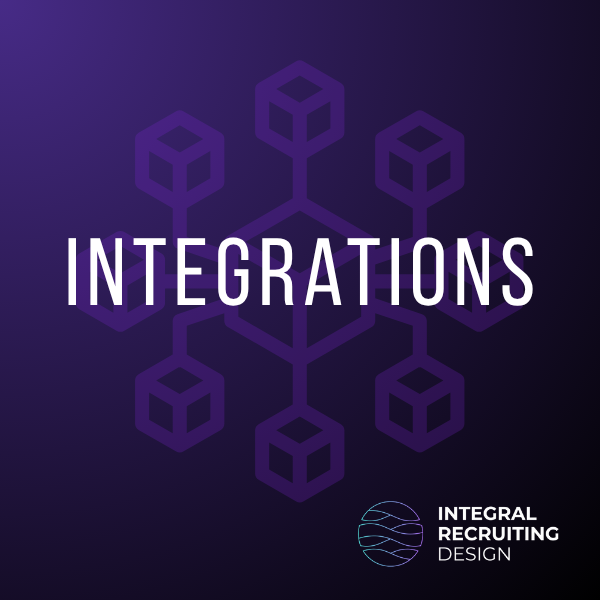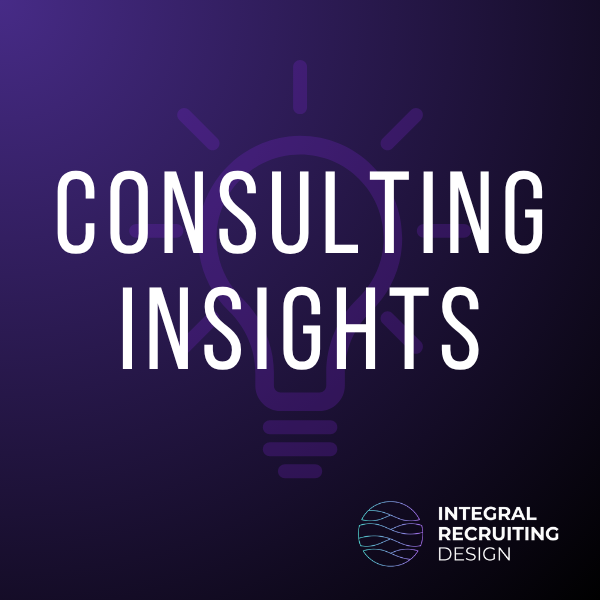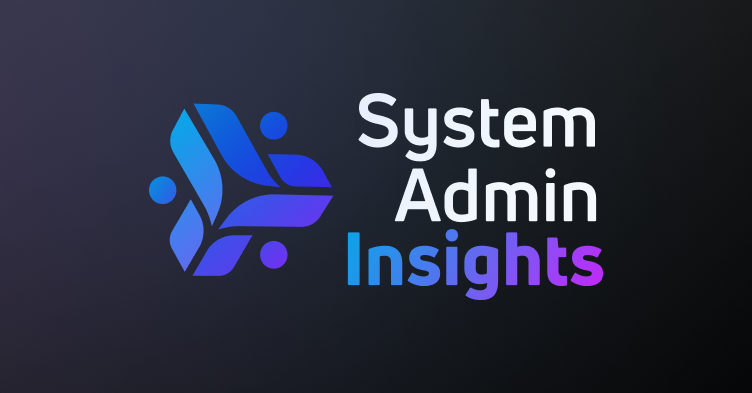If iCIMS is the central nervous system of your TA tech stack, then your recruiting workflows are its beating heart. Just as a heart pumps life-giving blood through the body, well-designed workflows circulate candidates through your hiring process with efficiency and purpose.
Why Recruiting Workflows Matter
How you structure your recruiting process can make the difference between securing top talent and watching them accept offers from competitors. Optimized workflows ensure:
- Consistency: Every candidate experiences the same high-quality journey
- Compliance: Critical steps and documentation are never missed
- Efficiency: Recruiters and hiring managers spend less time on administrative tasks
- Visibility: Stakeholders can easily track progress and identify bottlenecks
- Scalability: Your process can handle volume fluctuations without breaking down
When your workflows are operating at peak performance, the entire hiring machine runs smoothly. When they’re not, everything from candidate experience to time-to-hire metrics suffers.
The Onboarding Connection
The importance of workflow optimization doesn’t end at the offer acceptance. Onboarding workflows are equally critical to ensuring new hires transition seamlessly into your organization. A clunky, disorganized onboarding process can undermine the positive impression you’ve worked so hard to create during recruitment.
Optimized onboarding workflows:
- Reduce time-to-productivity for new hires
- Decrease early turnover rates
- Ensure compliance with all documentation requirements
- Create consistent experiences regardless of role or department
- Allow HR teams to focus on human connection rather than paperwork
The Challenge of Workflow Optimization
Despite their importance, optimizing these workflows presents significant challenges. Many organizations find themselves in a catch-22: they need to improve their workflows, but can’t risk disrupting ongoing recruitment activities to make changes.
This is where strategic approach to workflow design becomes essential.
A Brilliant Solution: Segregated Login Groups
Here’s where I want to highlight an ingenious approach shared by Vivian Larsen: creating separate login groups for workflow experimentation.
Instead of making changes to your production environment or waiting for a test site that may never materialize, consider creating a dedicated login group within iCIMS specifically for workflow development (or repurposing an unused login group if it aligns with the proper parent-child permission hierarchy).
This approach offers several advantages:
- Zero Risk to Production: Your active recruiting continues uninterrupted while you build and test new workflows
- Real Environment Testing: Unlike sandbox environments, you’re working in the actual system
- Controlled Rollout: Once workflows are perfected, users can be gradually moved to the new login group
- Iterative Improvement: Workflows can be continuously refined before wider implementation
This method transforms workflow optimization from a high-risk, occasional project to an ongoing, low-risk process of continuous improvement.
Implementation Approach
To implement this strategy:
- Create a new login group in iCIMS dedicated to workflow development
- Assign a small team of power users or process experts to this group
- Build and refine your workflows in this controlled environment
- Document each workflow thoroughly with step-by-step guides
- Train a pilot group on the new workflows
- Move the pilot group to the new login group
- Gather feedback and make adjustments
- Gradually transition all users to the new workflows
The Payoff: Quantifiable ROI
Organizations that diligently optimize their recruiting and onboarding workflows don’t just see better processes—they achieve measurable financial returns. The ROI of workflow optimization manifests in several ways:
- Reduced time-to-fill: Every day a position remains open represents lost productivity
- Lower cost-per-hire: Streamlined processes reduce advertising spend and internal labor costs
- Improved quality of hire: Better processes attract and identify stronger candidates
- Enhanced candidate experience: Leading to higher offer acceptance rates
- Higher hiring manager satisfaction: Reducing time spent on administrative tasks
- Better new hire retention: Decreasing costly early turnover
These improvements translate directly to bottom-line impact. For example, reducing time-to-fill by just 5 days for a position generating $1,000 in daily revenue recovers $5,000 per hire. Multiply that across dozens or hundreds of annual hires, and the financial impact becomes substantial.
Click here to calculate your potential cost savings with our specialized iCIMS workflow optimization calculator. This tool provides specific recommendations for how to optimize your entire recruiting system to achieve reduced time-to-fill and capture significant cost savings.
Conclusion
Your iCIMS workflows truly are the beating heart of your talent acquisition system. By treating workflow optimization as a strategic priority and leveraging innovative approaches like separated login groups, you can ensure this vital system remains healthy and efficient. More importantly, you can transform iCIMS from a cost center into a revenue-generating investment with measurable returns.
A special thanks to Vivian Larsen for sharing this brilliant workflow optimization strategy. Her innovative approach exemplifies the kind of creative problem-solving that elevates talent acquisition from a tactical function to a strategic advantage.




